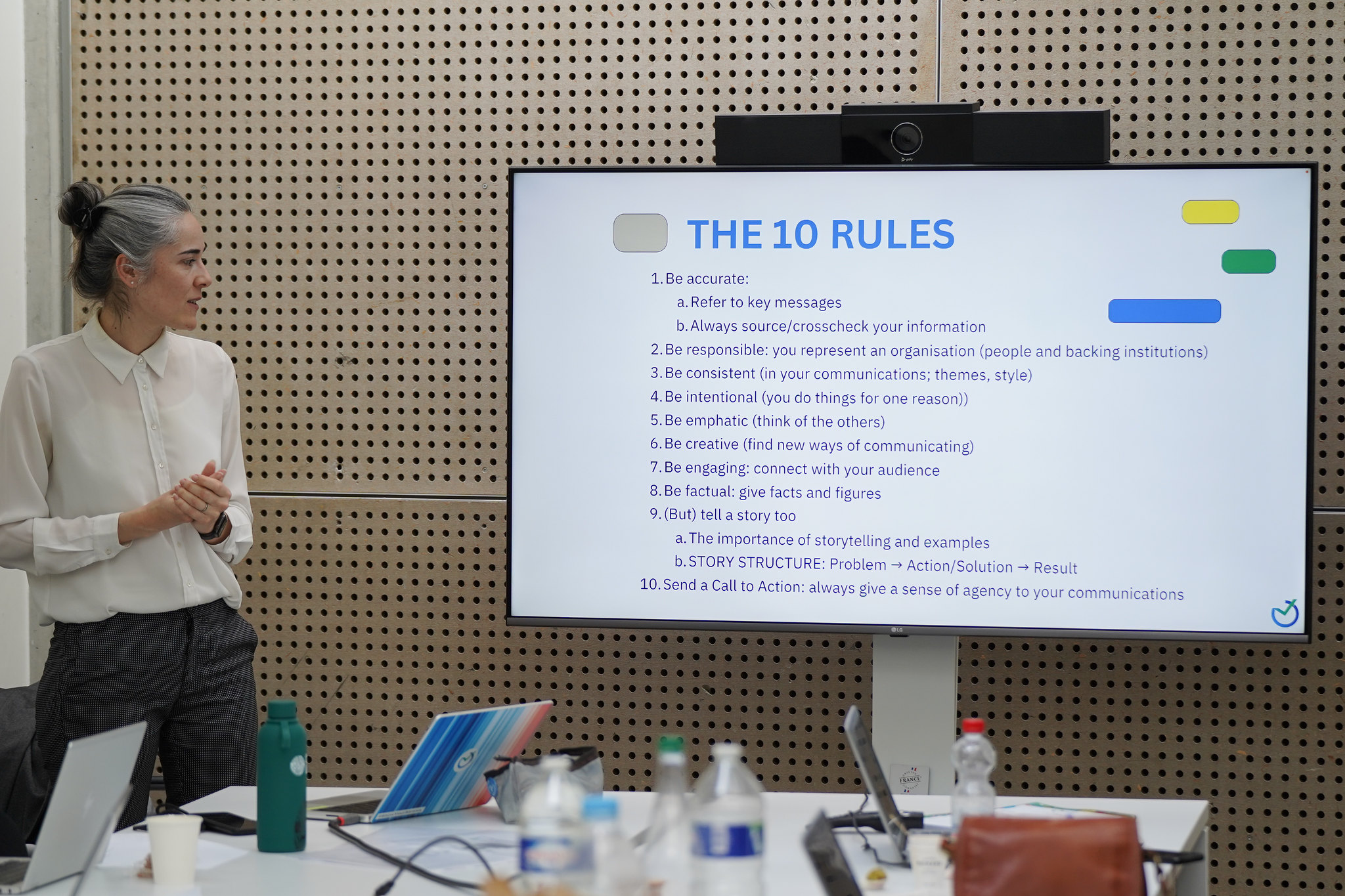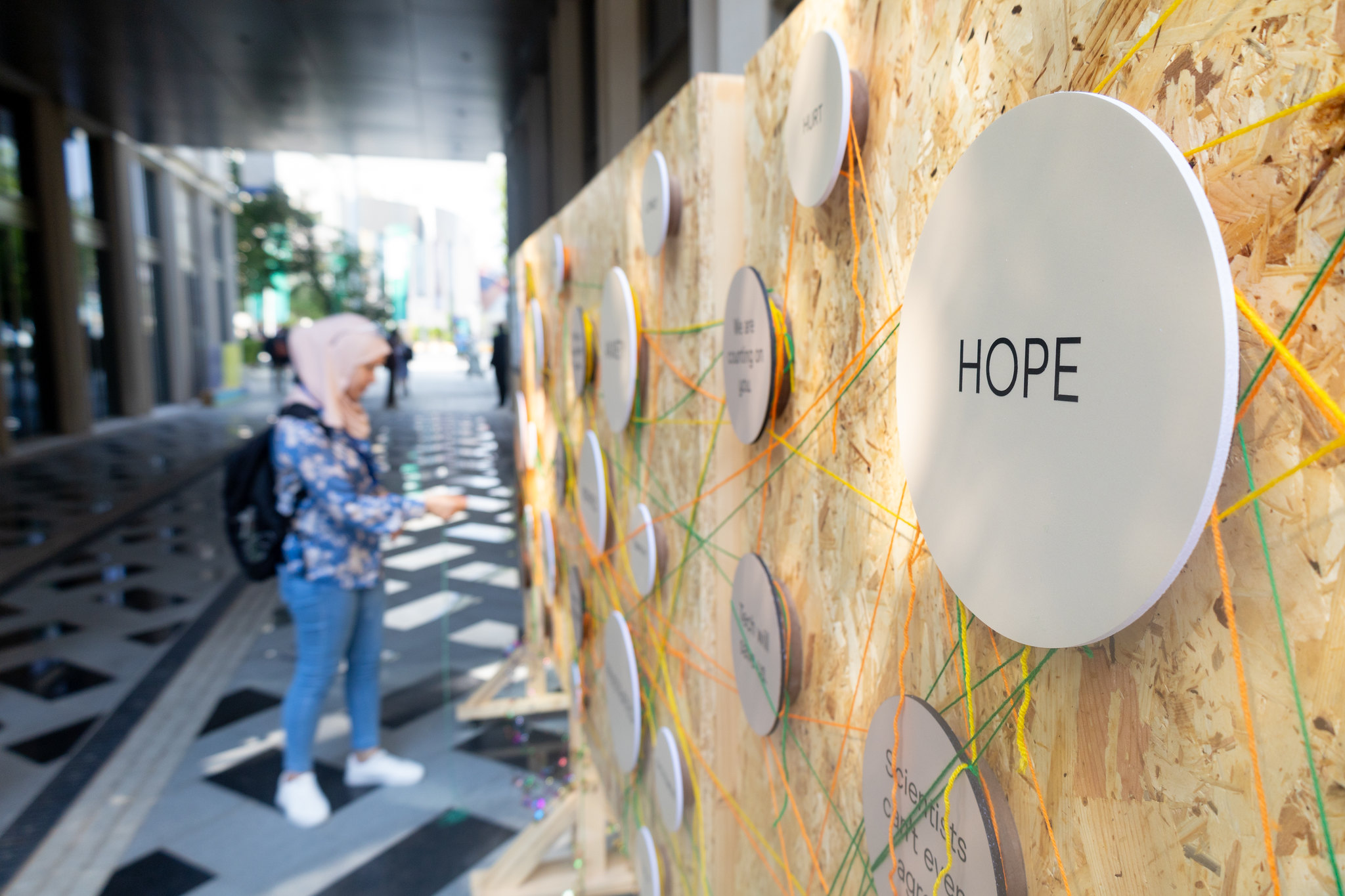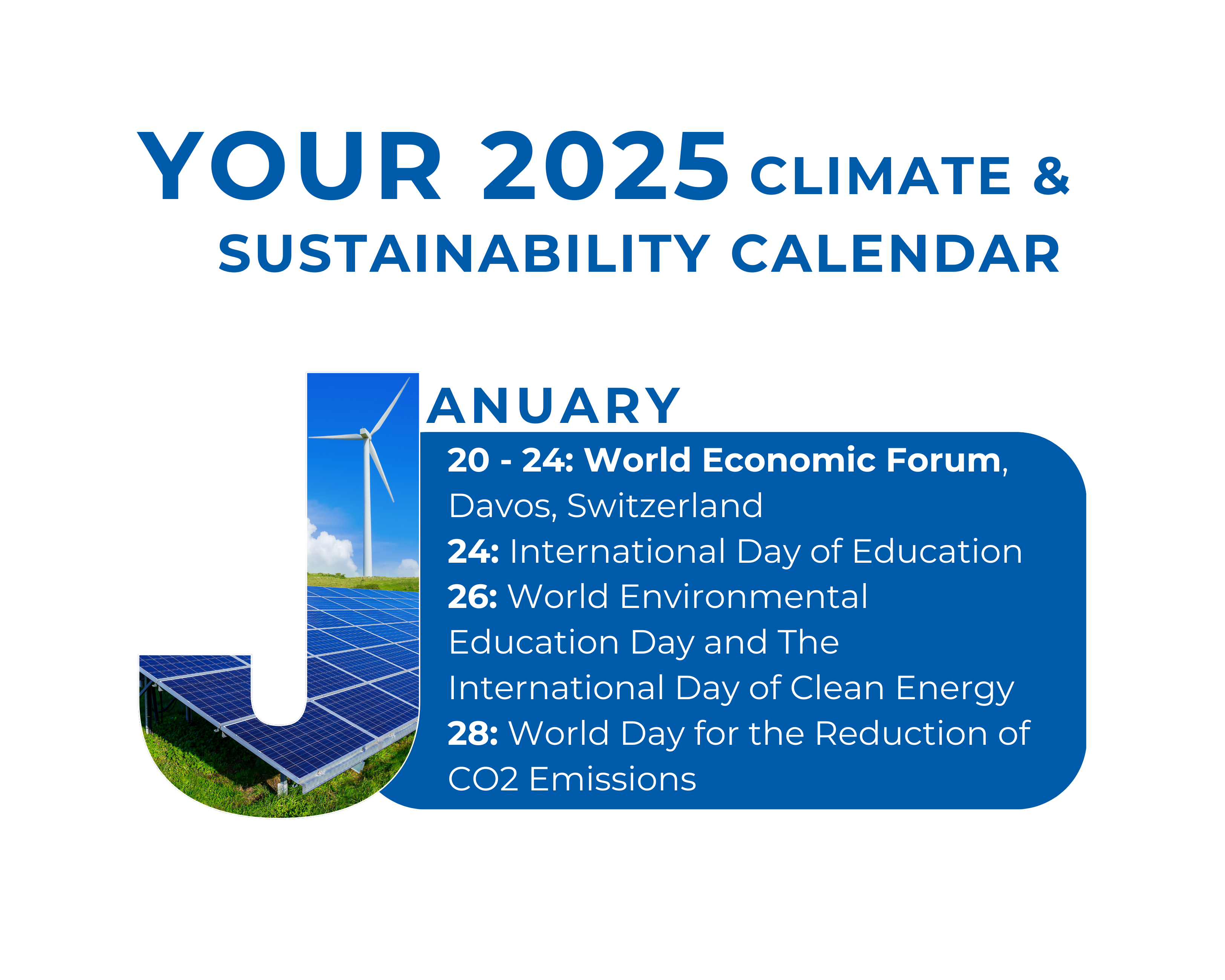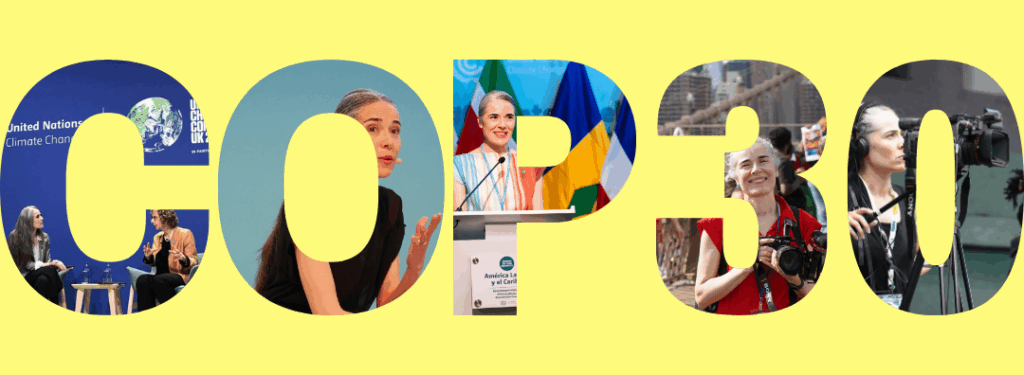In times of crisis (whether it be a fire, war or climate disaster), information can save lives. But it can also endanger them if poorly managed.
Communicating during emergencies requires more than just speed: it demands preparation, coordination and a deep understanding of the human impact of each message.
The crises of the 21st century (armed conflicts, misinformation, climate emergencies) remind us that communication is not an accessory, but a strategic tool for resilience.
How to manage the extraordinary through communication
When an emergency strikes, time is compressed and pressure mounts. At such times, the communicator becomes a key link between technical information and society. Their task is not only to convey data, but also to bring order to chaos, provide context, and maintain public confidence.
Managing a crisis through communication involves three dimensions: preparation, coordination, and empathy.
Before the crisis: preparation and foresight
The communicator must know who the authorised sources are, master the channels of dissemination, and have rehearsed possible scenarios.
Drills, risk communication training, and coordination with technical teams allow for a quick and coherent response when the time comes.
During the crisis: clarity, rigour, and calm
In the midst of an emergency, the objective is twofold: to inform and to contain.
- Centralise and verify: information must go through a single official channel. It is better to delay a statement than to release something incorrect.
- Coordinate messages: avoid contradictions between institutions or spokespersons. Consistency conveys confidence.
- Adapt language: translate technical data into messages that are understandable to all audiences.
- Humanise: acknowledging uncertainty or pain does not weaken communication, it makes it more credible.
After the crisis: evaluation and learning
Analysing how you communicated is as important as the response itself. Was information provided quickly? Was there confusion or duplication of messages? Were all audiences reached?
These questions allow you to improve protocols and strengthen your response capacity for next time.
Misinformation and hoaxes: the other pandemic
During COVID-19, the WHO coined the term infodemic to describe the overabundance of (false or distorted) information circulating on social media. In climate emergencies, hoaxes about arson, conspiracy theories or manipulated data can hinder the response, cause panic or divide the population.
How to combat misinformation:
- Active monitoring of social media to detect falsehoods in real time.
- Collaboration with fact-checkers and trusted media outlets (such as EFE Verifica or Maldita.es).
- Media literacy training for spokespersons, journalists and the general public.
- Proactive transparency: communicate quickly, even when you don’t have all the answers yet.
The fight against misinformation must be comprehensive: technological, institutional and human.
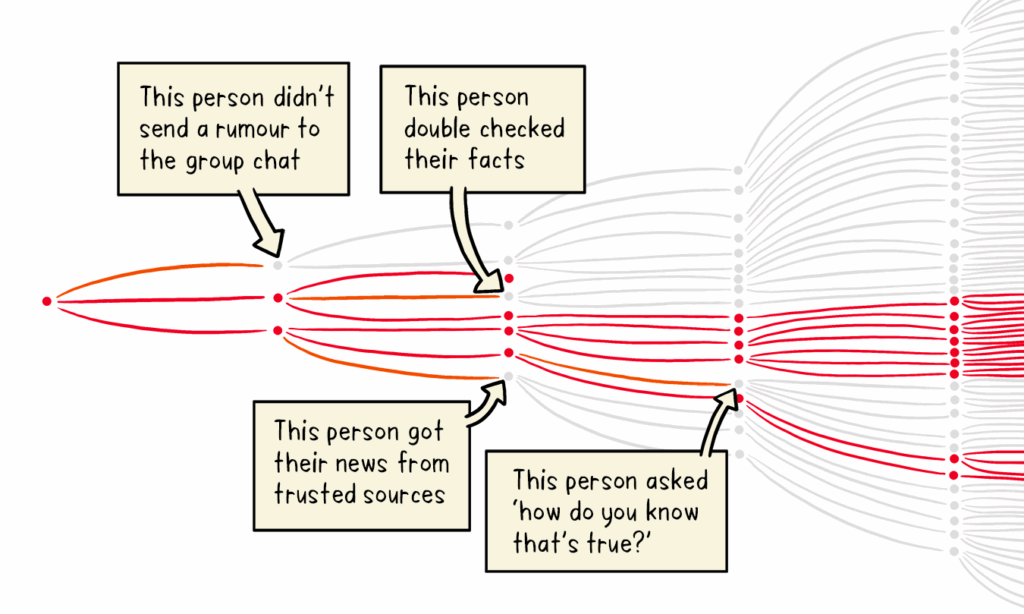
Artificial intelligence and social media: allies and risks
Artificial intelligence has transformed crisis communication, but it has also brought new challenges. Deepfakes, automatically generated content and the speed at which rumours spread make it increasingly difficult to distinguish between what is real and what is fake.
According to the World Economic Forum, AI-generated disinformation is already one of the main global risks of this decade. That is why crisis teams must include specialists in digital communication and technological ethics who are capable of acting quickly and judiciously in the face of possible manipulation.
Communicating for everyone: adapting the message and the channels
In an emergency, not everyone is on social media or watches television. Information cannot depend on a single channel or format. Effective communication involves knowing your audience and adapting your messages to their reality: from alerts on local radio or community loudspeakers to simple graphics or subtitled videos for social media.
Each audience needs language they understand and a medium that is accessible to them. Inclusive, multi-channel communication is not a luxury, but a responsibility: because information that does not arrive on time or is not understood does not fulfil its function.
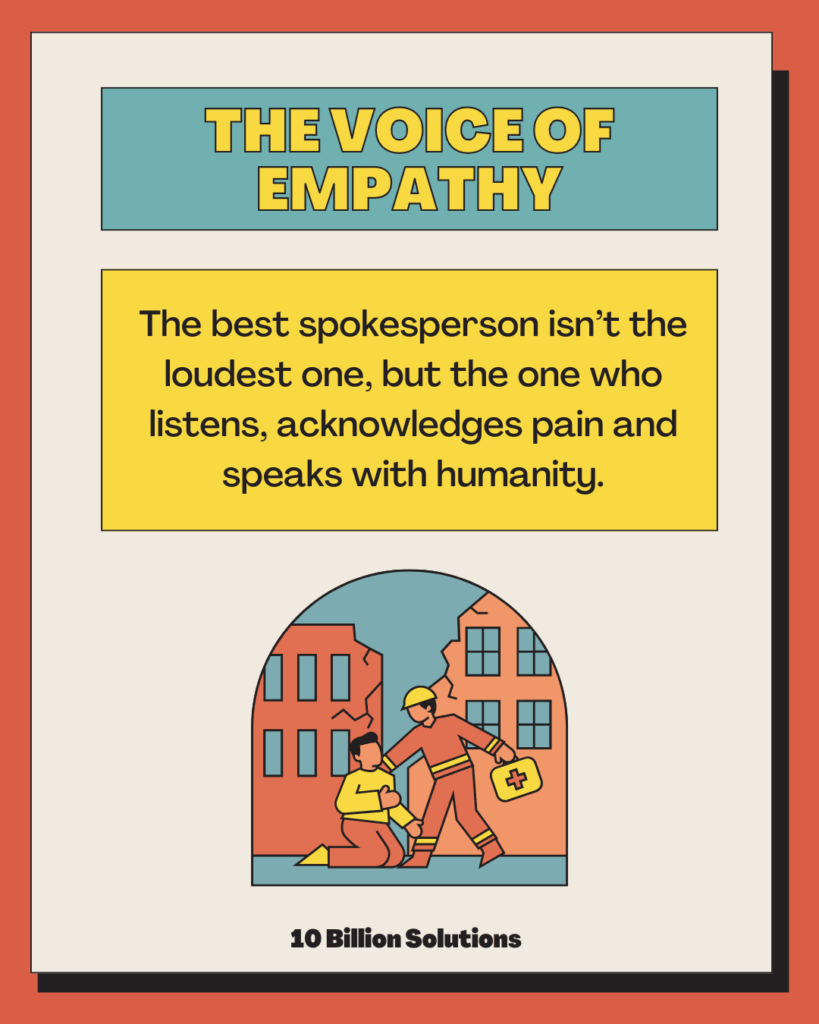
Empathy as the spokesperson’s compass
In every crisis there are victims, fear and mistrust. The spokesperson (whether institutional, scientific or technical) must be the voice of calm. Empathy is as important as accuracy: recognising the pain, explaining with empathy and not forgetting the human component behind each figure.
Good communication not only informs: it also accompanies. It conveys security and offers guidance when it is most needed.
The role and responsibility of communicators
Communication professionals are the intermediaries between experts and society. We translate technical language into understandable messages, connect with reliable sources, and help build trust.
Training in communication, media literacy and information ethics is more important today than ever before. Because communicating an emergency poorly can make it worse.
The work of communicators is also a form of public service: it helps save lives and strengthen democracies.
A world in permanent crisis
Wars, fires, floods, droughts. The sum of global crises forces us to review how we report on what is happening. In an increasingly interconnected world, communication cannot be limited to reacting: it must anticipate, educate and build resilience.
The climate crisis, for example, shows us that communicating science and empathy at the same time is essential. Informing without alarming, but without hiding. Inspiring action without losing rigour.
Connecting to change: the commitment of 10 Billion Solutions
At 10 Billion Solutions, we work precisely at that intersection between communication, science and climate action. From international summits to local projects, we produce content and events that help connect experts, institutions and citizens.
If you are interested in reading more on this topic, we also recommend the article: The role of communication in the fight against climate hoaxes.
Join our community: receive inspiration, ideas and tools to communicate better for the planet in our newsletter.


